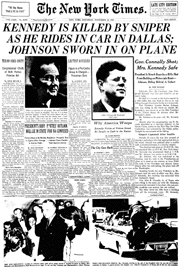Good advice from Jill Insley.
I won’t bore you with my views about the complete uselessness and incompetence of HM Revenue and Customs, which failed to learn any lessons from two previous data losses in September and October. Instead, I would like to point out to prospective parents who may, quite understandably, feel nervous about signing up for child benefit following this debacle, that there is a very simple way around the issue of providing HMRC with your current account details.
It will only work with savings accounts run by institutions (such as the Skipton building society, which told me about this) that are not clearing banks. You can elect to have your child benefit paid straight into a savings account. This means that, instead of having to supply your own current account number and sort code to the HMRC and anyone it cares to share that information with, you provide the number and sort code of the bank account used by your savings institution, plus the reference number of your own savings account. Much harder to crack for your average fraudster.




